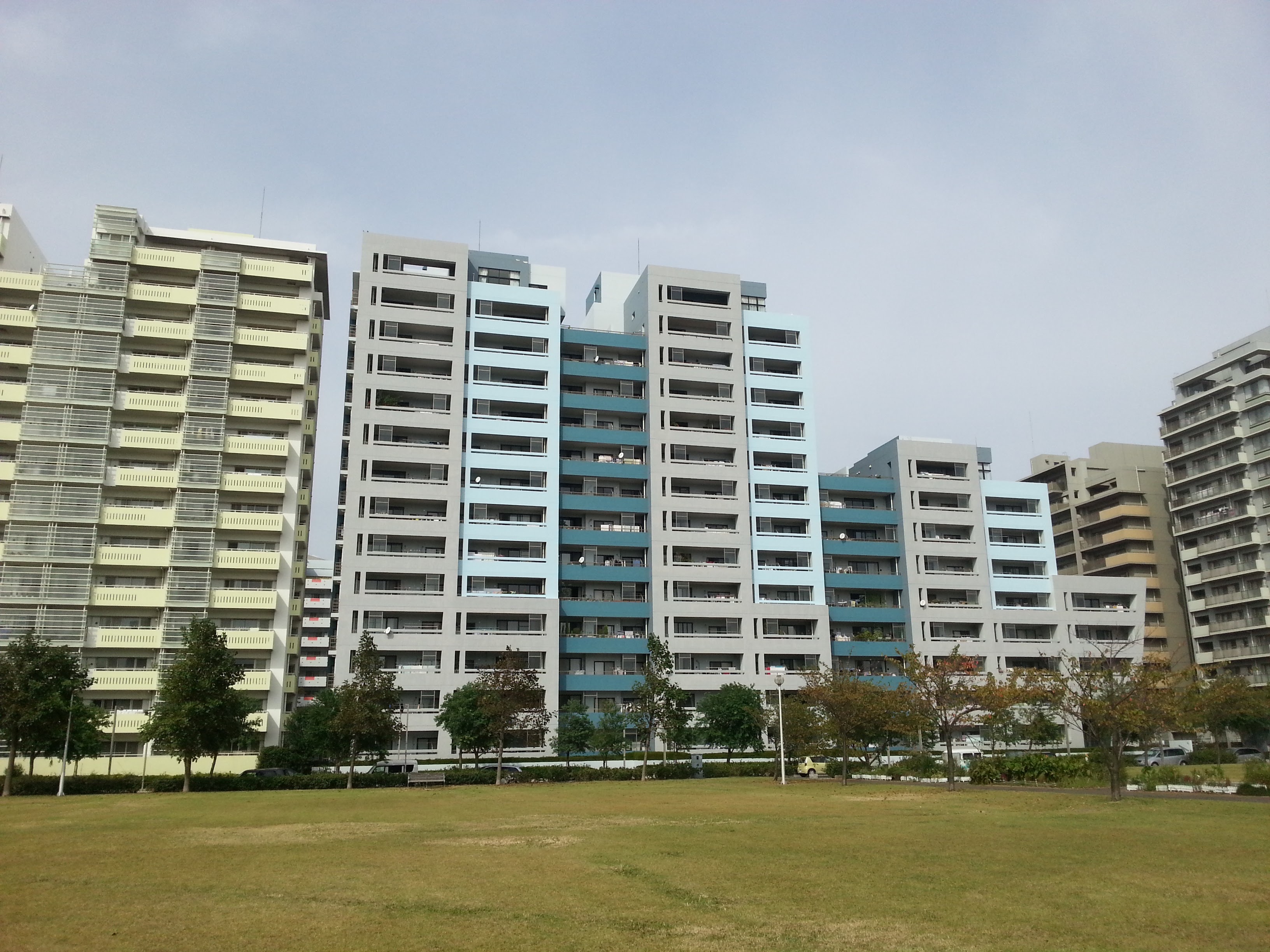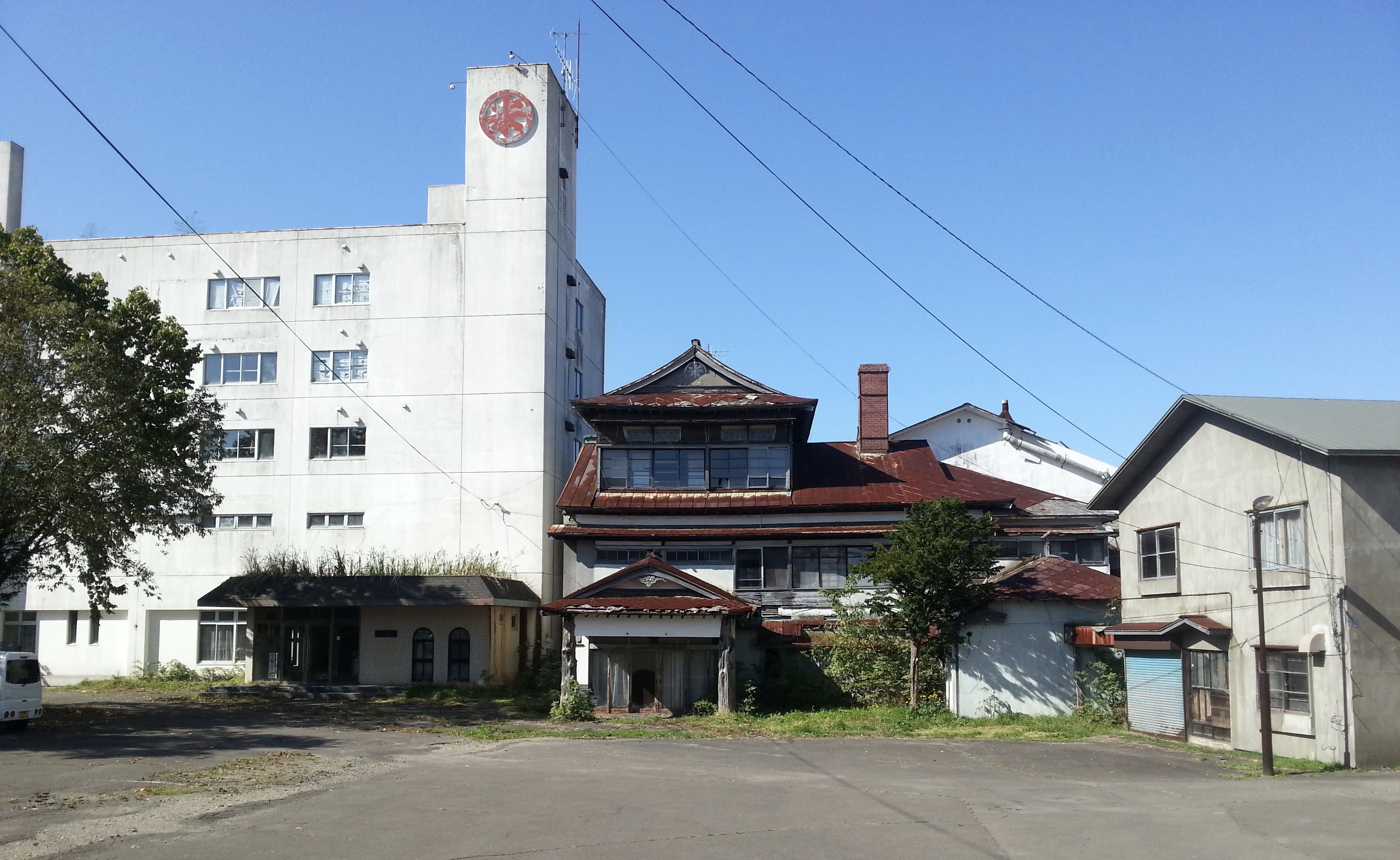At first glance, Japan’s urban landscape is not a particularly welcoming sight. Viewed from the train as it slowly decelerates into the station, all you see is a dull, desaturated blur of greys and muted pastels, devoid of primary colours or distinctive landmarks. The bright lights of Shinjuku that many people associate with urban Japan are hardly representative of the whole. In most cities, just about only splashes of colour you will see in the sea of grey are a few desolate flags and billboards promoting shops, restaurants and other local businesses.
It is only when you get off the train and start to walk down the city’s side streets and alleyways that colour and individuality start to emerge from the monotonous gloom. Many homes have small but meticulously tended gardens that bring colour and life into a sterile environment and showcase the individual taste or eccentricities of the proprietor. That said, you are unlikely to see anything too eccentric, most private garden displays are quite refined and understated, an elegant representation of nature at the micro level.
In the public sphere too, there are many parks and the gardens of former feudal lords where people can come to admire nature in a controlled environment and at particular times of year when nature is deemed to worthy of celebration. The viewing of cherry blossom and autumn foliage is a peculiarly urban cultural practice that dates back only to the Edo period when Tokyo first emerged as a major metropolis. If you live in the countryside, the appearance of blossom and red leaves are just part of the continuous, slow-moving cycle of the seasons; there is nothing to get too excited about. But in the cities, they are a major event, an excuse for a party and an infinite number of selfies in front designated trees. The ever-changing location of the red leaves is big news in Japan throughout the autumn period, with up to date television news reports every evening showing viewers exactly where to get their foliage fix. The excitement generated by cherry blossom and red leafs says much more about the aridity of the urban environment than the intrinsic value of the phenomenon itself.
The blandness of the urban environment is most evident in those cities that sustained heavy bombing and were largely rebuilt after World War Two. Post-war reconstruction was purely utilitarian, providing the industrial, commercial and transport infrastructure to facilitate high-speed growth as well as the housing for Japan’s hard working middle class families. New buildings were of uniform height and design, formulated to blend in and not standout in a society that had one unified purpose. That ethos continued well into the 1990s with the construction of purpose-built suburbs like Makuhari New City, located midway between downtown Tokyo and Narita Airport. Makuhari is a meticulously planned community designed to provide the ultimate balance between work and home life. It has a hi-tech industrial centre, a world class conference and hotel complex, vast shopping malls, schools, comfortable homes and a wide range of leisure facilities including the Chiba Marines baseball stadium, and yet Makuhari feels soulless, the kind of place where, as Malvina Reynolds wrote:
People live in little boxes: They all go to university and they come out as doctors, lawyers and business executives and they all look just the same. And they all have pretty children, the children go to school and then to the university, where they are put in boxes and they come out all the same.

The little boxes of Makuhari New City, Tokyo
Of course, not all of urban Japan is quite as anodyne as Makuhari. There are plenty of towns and cities that do have their own distinctive character, that are both comfortable and stimulating, places that embrace tradition and encourage creativity and innovation. Sapporo and Kanazawa are two cities that have, in their own way, created an environment that just makes you want to stay. And the longer you stay, the more you discover, be it a small coffee shop or quirky art gallery, a hole-in-the-wall ramen place or an izukaya with incredible sashimi. Sapporo has turned a rather unremarkable strip of grass, Odori Park, into the beating heart of the city with year-round events including the autumn food festival and the famous winter snow festival. Kanazawa has also made creative use of the snow, by illuminating the umbrella-like structures that support the snow-laden branches of the ancient pine trees in Kenro Gardens during the winter. The desire and the ability to protect one’s cultural heritage through innovative problem solving is an admirable trait not found in many municipal governments around the world. In Hong Kong, where I live, the government would have designated the pine trees as a danger to residents, cut them down and thrown them in the landfill.
In many smaller towns in Japan, however, the municipal government is more concerned with just keeping the place running than trying to be creative. After two decades of economic stagnation and depopulation there are more and more places that appear to be ghost towns, post-apocalyptic even. Streets are deserted, shops shuttered and buildings abandoned, just about the only sound is the chirruping of crickets or the wind in the trees.

Abandoned buildings in Teshikaga, Hokkaido
On closer inspection, however, you discover that the town is not dead, it is merely resting. Not all shops are closed, some have their lights off turned in order to save electricity but are still there to serve the needs of the largely elderly population that remains. There are grocery stores, clothes shops selling granny and grandpa clothes, and utility stores selling the kind of odds and ends that busy young urbanites have absolute no use for or perhaps don’t even recognise. On more than one occasion, there appeared to be no restaurant open in the town but once we asked the elderly residents, we were met with a smile, personally guided to hidden gems and then introduced to the restaurant owners as lost travellers in need of sustenance.
I have visited similar towns in the United States and Europe that have lost all hope and descended into crime, drug addiction and despair. In Japan however there seems to be a stoic acceptance of declining fortunes. The elderly residents of these small towns certainly experienced much worse during World War Two and its immediate aftermath and know how to face suffering. And besides, life for the majority of the elderly in Japan is not that dire: They have pensions and an excellent healthcare system to look after them even if their families are far away in the big city. Even in small towns, there is a sense of civic pride; roads and bridges are repaired, the trash is collected, and streets and parks kept clean. City officials seem to take their responsibilities to their community seriously and endeavour to keep their town alive even as it slips into inevitable decline.
There must be despair and heartbreak somewhere in small town Japan, it is just that is kept very well hidden.